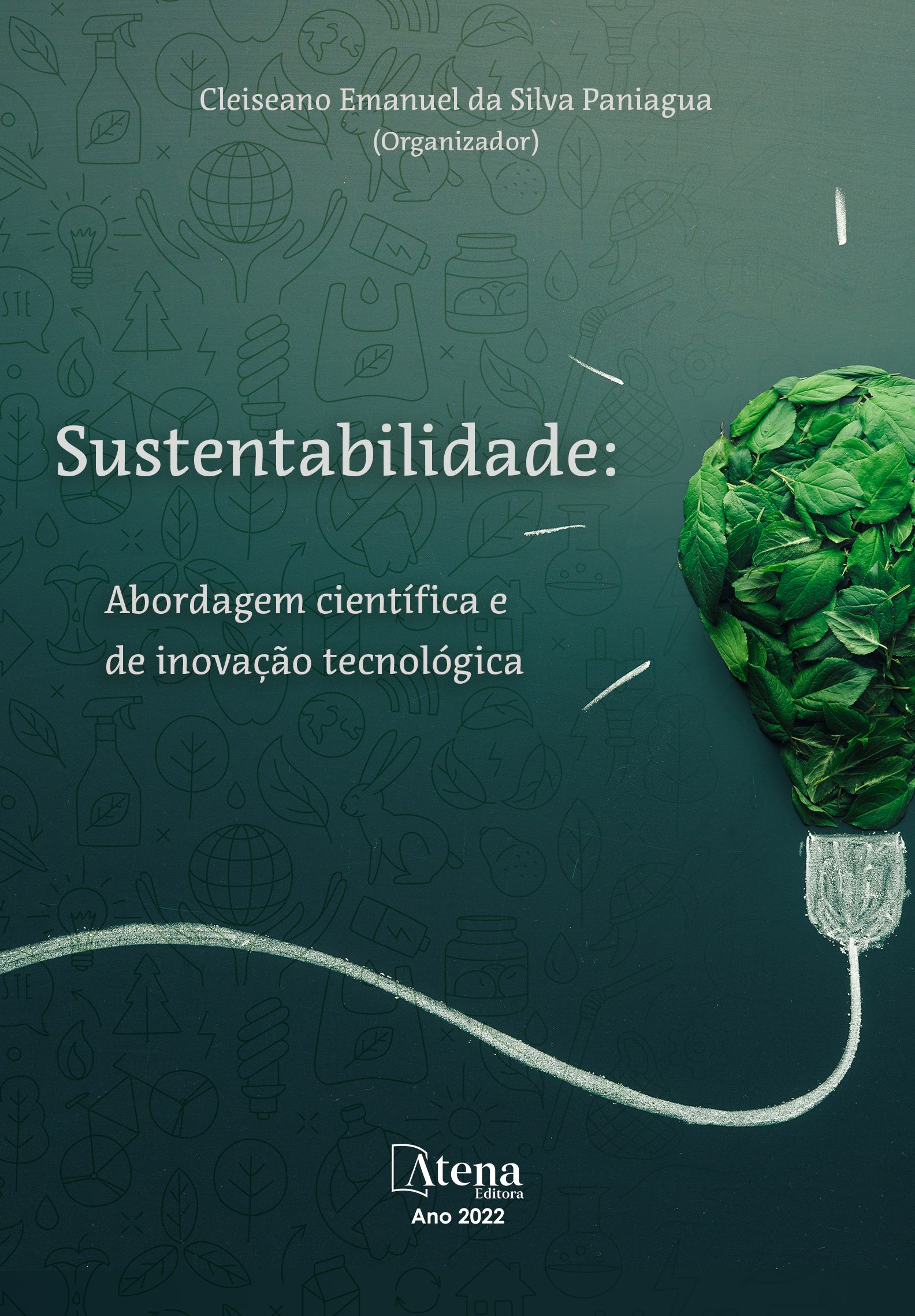
VALORIZAÇÃO TECNOLÓGICA DE SUB-PRODUTOS DE FRUTAS EXÓTICAS : NOVO INGREDIENTE FUNCIONAL
Lichia (Litchi chinensis), longan (Dimocarpus longan) e rambutã (Nephelium lappaceum) são frutas exóticas provenientes da Ásia, consumidas mundialmente. Com o aumento da produção destes frutos, muitos sub-produtos são desperdiçados durante o processamento industrial, incluindo-se as cascas. Para além do aporte nutricional reconhecido, pensa-se que os compostos bioativos presentes nestes subprodutos sejam os responsáveis pelas atividades biológicas, tais como, antioxidante, anti-inflamatória, antineoplásica, anti-glicémica, antimicrobiana, entre outras. O objetivo deste estudo visou determinar e comparar o aporte nutricional e conteúdo de compostos bioativos, nomeadamente, fenólicos e flavonoides totais, no sentido de valorizar as cascas destes frutos para futuras aplicações na indústria alimentar, farmacêutica e cosmética.
O teor proteico variou entre 2.0 e 9.1 g/ 100 g sendo as cascas de longan a amostra com teor mais elevado. O teor de gordura total nunca excedeu os 1.8 g/ 100 g e o teor de minerais de longan mostraram-se os mais elevados (9.1 g/ 100 g). Os hidratos de carbono, os quais incluem a fibra dietética, variaram entre 76.8 e 83.3 g/ 100 g, não tendo afetado, de forma significativa, o valor energético total das cascas estudadas. No que toca aos compostos bioativos verificou-se que as cascas da lichia apresentam teores superiores de fenólicos e de flavonoides totais (1578.08 mg EAG/ g e 55.10 mg EC/ g, respetivamente), observando-se diferenças significativas (p<0.05) entre todas as amostras, ou seja, cascas de lichia, rambutã e logan. O teor de fenólicos totais foram sempre superiores ao teor de flavonoides totais em todas as amostras, observando-se uma concordância com outros estudos idênticos e já publicados. Este estudo mostrou o elevado potencial das cascas não edíveis de frutos cujo consumo tem vindo a aumentar, como ingredientes ativos para diferentes produtos, como alimentos, farmacêuticos ou cosméticos. No entanto, estudos mais detalhados serão necessários para tornar a sustentabilidade.
VALORIZAÇÃO TECNOLÓGICA DE SUB-PRODUTOS DE FRUTAS EXÓTICAS : NOVO INGREDIENTE FUNCIONAL
-
DOI: 10.22533/at.ed.3612202088
-
Palavras-chave: Litchi chinensis, Dimocarpus longan, Nephelium lappaceum, sub-produtos, nutrição, fitoquímicos.
-
Keywords: Litchi chinensis, Dimocarpus longan, Nephelium lappaceum, by-products, nutrition, phytochemicals.
-
Abstract:
Lychee (Litchi chinensis), Longan (Dimocarpus longan) e Rambutan (Nephelium lappaceum) are exotic fruits from Asia, being recently introduced in Europe. Although the world production of these fruits tends to increase, many by-products are wasted during industrial processing, including their non-edible peels. In addition to the recognized nutritional support, it is thought that phenolic compounds present in these byproducts are responsible for several activities, including antioxidant, anti-inflammatory, anticancer, anti-glycemic, antimicrobial activities, among others. The aim of this study was to determine and compare the nutritional composition and total content of bioactive compounds, namely, phenolics and total flavonoids, in order to value the non-edible fruit peels for possible applications in the food, pharmaceutical and cosmetic industries.
Protein contents varied between 2.0 and 9.1 g/ 100 g, with longan peels with the highest content. The total fat content never exceeded 1.8 g/ 100 g and the mineral content of the longan peels was the highest (9.1 g/ 100 g). The carbohydrates obtained in the three samples, which include dietary fiber, varied between 76.8 and 83.3 g/ 100 g, having no effect in the total energy value of all studied peels. Regarding bioactive compounds, it was found that lychee peels present higher contents of total phenolics and flavonoids (1578.08 mg GAE/ g and 55.10 mg CE/ g, respectively), with significant differences (p< 0.05) among all samples. The content of total phenolics was always higher than the content of total flavonoids in all samples, agreeing with other identical and published studies.This study showed the high potential of non-edible peel fruits whose consumption has increased as active ingredients for different products, such as foods, pharmaceuticals or cosmetics. Nevertheless, more detailed studies are needed to make the use of this plant more sustainable.
-
Número de páginas: 29
- Carla Alexandra Lopes de Andrade de Sousa e Silva
- Clémence Maryline Jeannine Ferchal
- Ana Cristina Mendes Ferreira da Vinha


